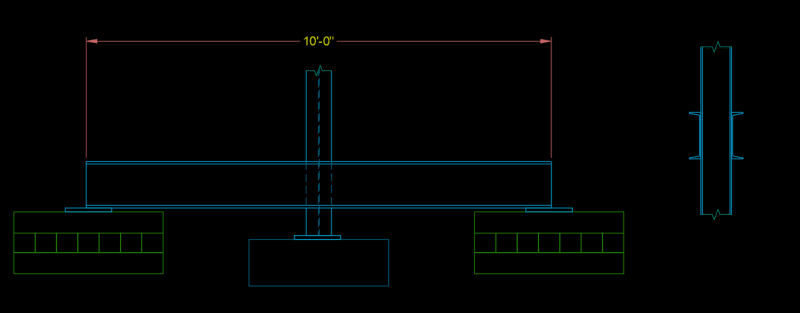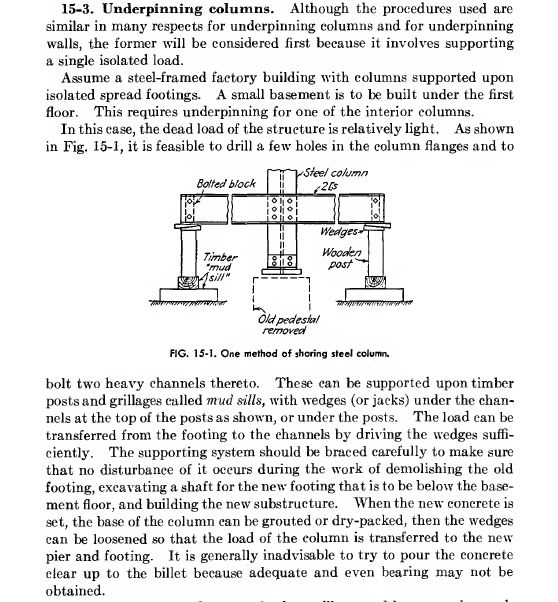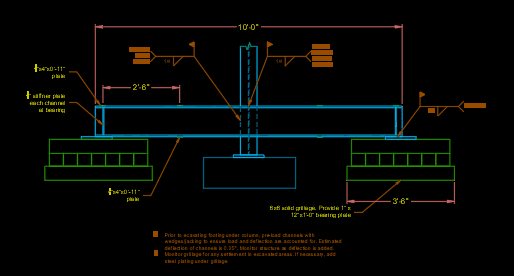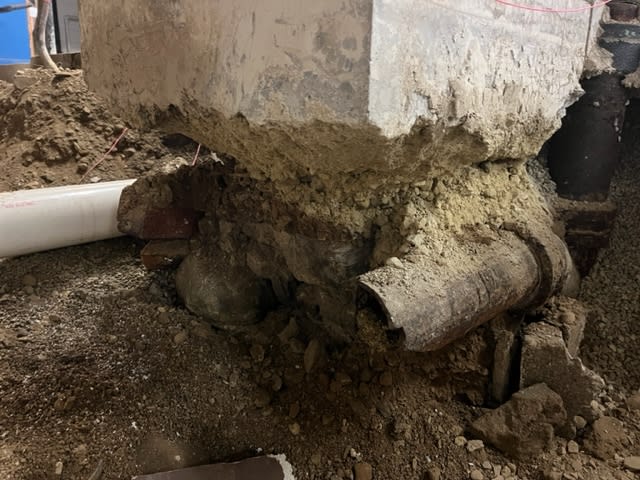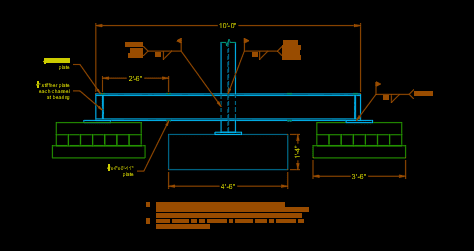JStructsteel
Structural
- Aug 22, 2002
- 1,438
Got a situation where a column needs to be shored to replace a footing. Plan was some channels each side of flange, all welded up as needed. What else do I need to look out for? Obviously check the channels for bending, bearing, etc. Any issues with column? Stiffeners needed?

